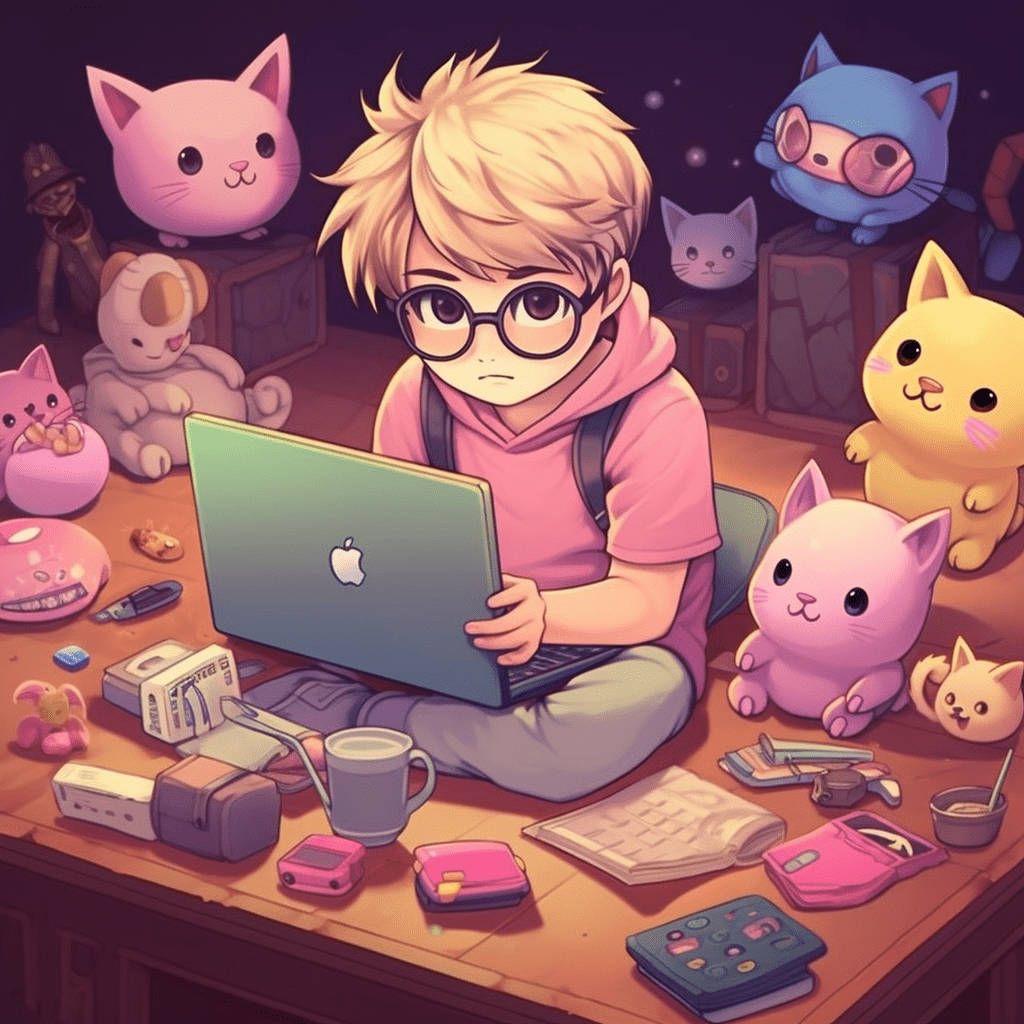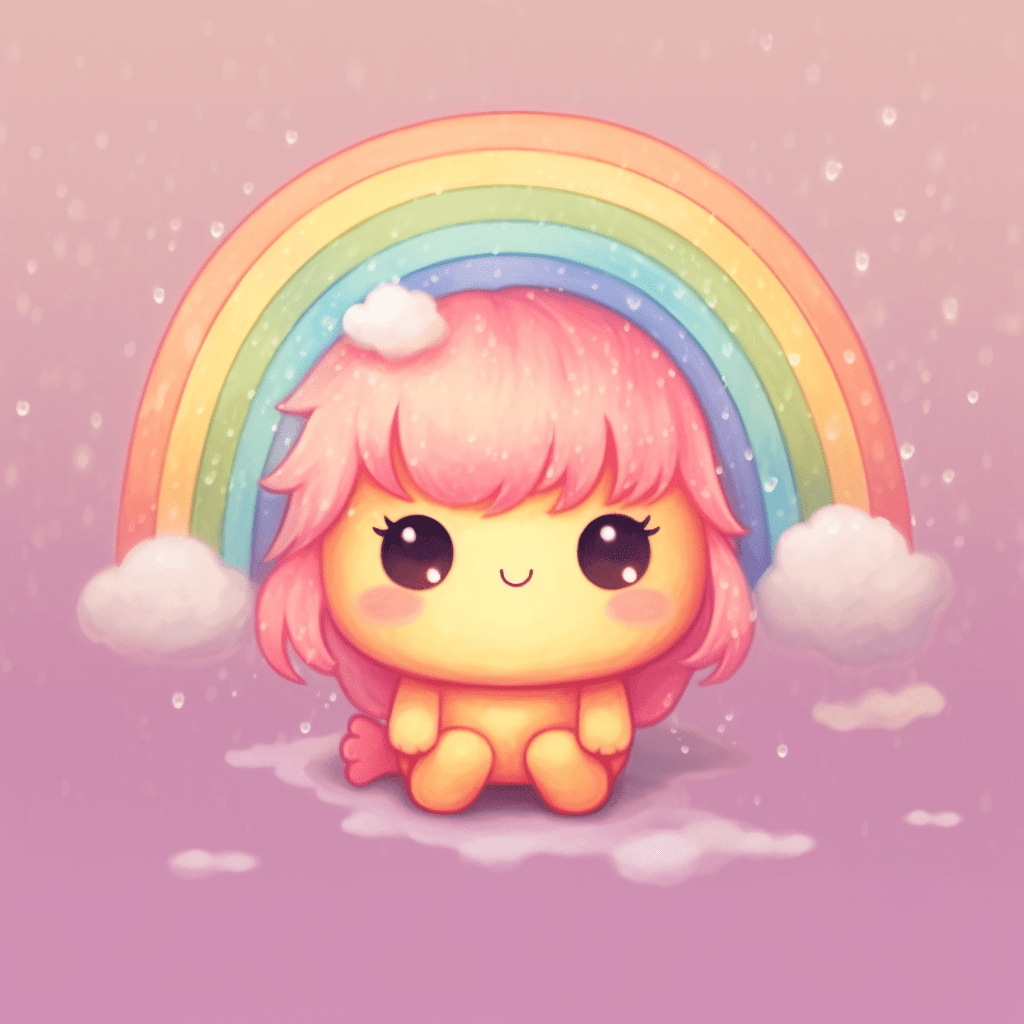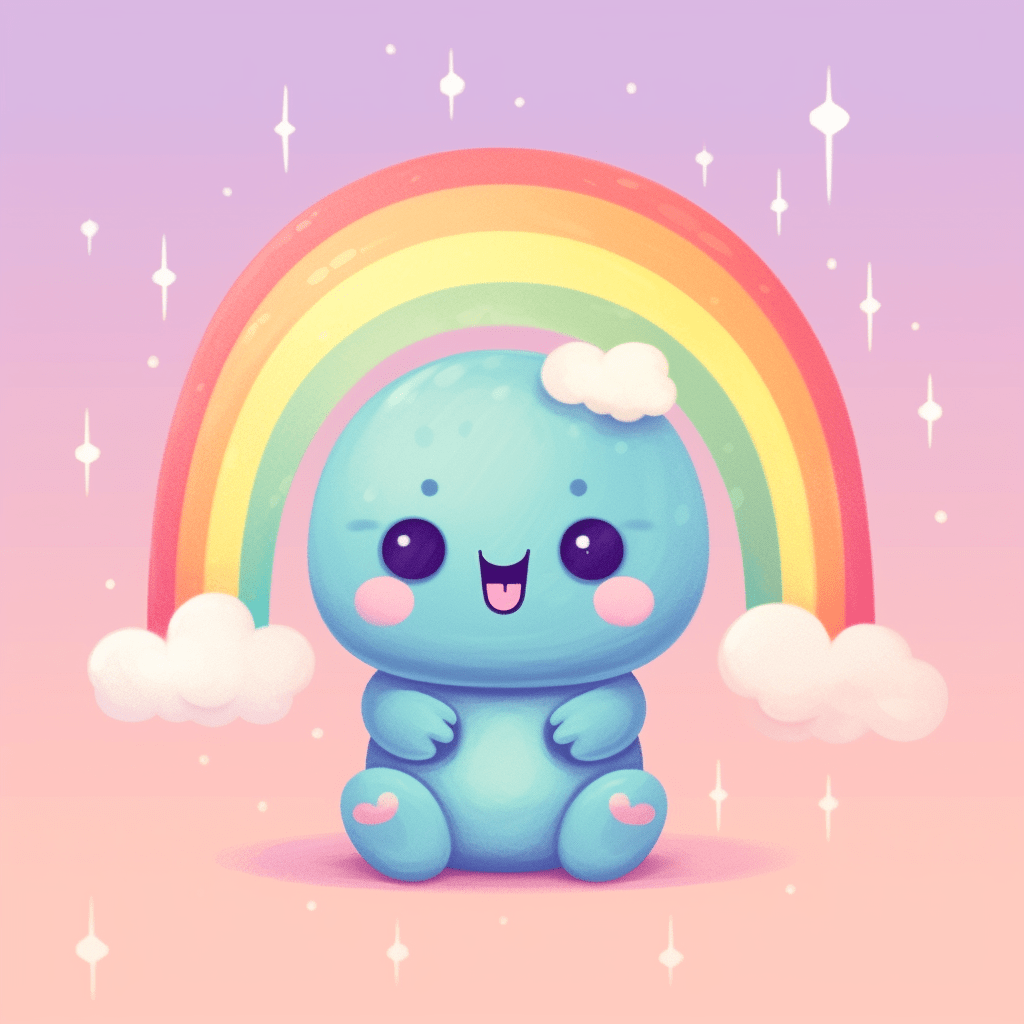The world of Non-Fungible Tokens (NFTs) is captivating, innovative, and brimming with potential. It’s also a realm packed with its own distinct language, a collection of terms and expressions that can seem cryptic for the uninitiated. If you’re finding it challenging to get a handle on ‘minting,’ ‘gas fees,’ or ‘proof of stake,’ you’ve landed at the right place. In this article, we’ll break down common NFT terminology, ensuring you can navigate the burgeoning NFT universe with confidence.

A Crash Course on NFT Basics
Let’s start with the basics. A ‘Non-Fungible Token,’ or NFT, is a type of digital asset representing ownership or proof of authenticity of a unique item or piece of content, on a blockchain. ‘Fungible’ means something can be replaced by another identical item; think of a dollar bill or a Bitcoin. ‘Non-fungible’ then refers to something unique that can’t be replaced with something else. Mona Lisa is non-fungible; there’s only one original.
Minting: The Birth of an NFT
‘Minting’ is a term you’ll encounter frequently in NFT discussions. Minting is the process by which a digital artwork (or any other type of digital asset) is turned into an NFT on the blockchain. When an NFT is minted, its information gets stored on the blockchain, providing provable ownership and authenticity.
Wallets and Transactions
A ‘wallet’ in the NFT world isn’t too different from the one you carry in your pocket. It’s a digital place to store your cryptocurrencies and NFTs. ‘Public keys’ are shared with others so they can send you assets, while ‘private keys’ are secret codes used to access your wallet and authorize transactions.
When you hear the term ‘gas fees,’ it doesn’t pertain to your vehicle’s fuel consumption. In the context of Ethereum, the most commonly used blockchain for NFT transactions, ‘gas’ refers to the cost required to perform a transaction or execute a contract on the network. Gas fees fluctuate based on network congestion — higher demand equals higher fees.
Smart Contracts and DApps

In the realm of NFTs and blockchain, ‘smart contracts’ play a crucial role. A smart contract is a self-executing contract with the terms of the agreement directly written into lines of code. It facilitates, verifies, and enforces the negotiation or performance of a contract on the blockchain. NFTs are created and traded through smart contracts.
‘DApp’ is short for decentralized application. DApps are applications that run on a P2P network of computers rather than a single computer. A DApp has its backend code running on a decentralized peer-to-peer network, which can be a blockchain network. Notable DApps in the NFT space include marketplaces like OpenSea and Rarible.
On the Chain: Blockchain Basics
‘Blockchain’ is the underlying technology that makes NFTs and cryptocurrencies possible. It’s a decentralized, distributed digital ledger used to record transactions across many computers so that any involved record cannot be altered retroactively, without the alteration of all subsequent blocks.
‘Proof of Work’ (PoW) and ‘Proof of Stake’ (PoS) are consensus mechanisms used in blockchains to verify transactions and add new blocks to the chain. Ethereum, the leading blockchain for NFTs, is currently transitioning from PoW to PoS in an upgrade known as Ethereum 2.0.
Enter the Metaverse: Virtual Real Estate and Beyond
As we delve deeper into the world of NFTs, we stumble across the concept of the ‘metaverse.’ This term refers to a collective virtual shared space, created by the convergence of physical and virtual reality. This includes virtual reality (VR) spaces, augmented reality (AR) projects, and video games. Within these metaverses, virtual ‘real estate’ is becoming an increasingly popular type of NFT. Properties in virtual worlds like Decentraland and Cryptovoxels are bought and sold as NFTs.
Royalties: Profiting from Secondary Sales

One unique aspect of NFTs is the ability for creators to earn ‘royalties’ on secondary sales. This means that every time an NFT is resold, the original creator gets a percentage of the sale. The rate is programmed into the NFT at the time of minting, ensuring creators continue to benefit from their work’s increased value.
Whale Watching: Big Players in the NFT Space
In the context of cryptocurrencies and NFTs, a ‘whale’ is a term used to describe an individual or organization that holds a large amount of a particular asset. These entities can significantly influence the market value of that asset. ‘Whale watching’ refers to monitoring the activity of these influential players.
From Hodling to Mooning: Crypto Jargon
If you’ve spent any time around NFT and crypto communities, you’ve likely encountered phrases like ‘hodl’ and ‘moon.’ ‘Hodl’ is a term derived from a misspelling of ‘hold’ that has come to mean “Hold On for Dear Life.” It refers to the practice of holding onto a cryptocurrency or NFT despite market fluctuations. ‘Moon’ is used as a verb (e.g., “This NFT is going to moon!”) and suggests that the value of a certain crypto or NFT is about to increase drastically.
Final Thoughts

We’ve covered a lot of ground, from minting to whales, and yet, we’ve only scratched the surface of the vast and evolving terminology in the world of NFTs. As the space continues to innovate and mature, we’ll undoubtedly see the emergence of new terms and concepts. The important thing is to continue learning and engaging with the NFT community. After all, every expert was once a beginner.
